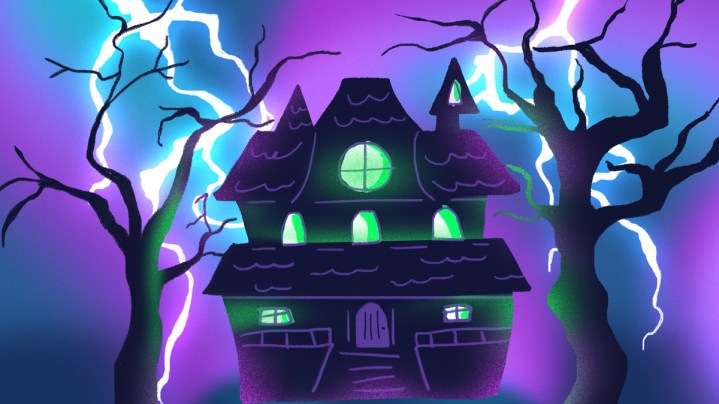1
La Casa Matusita, Peru
Few haunted residences evoke fear in people like Lima’s Casa Matusita, and for good reason too. Dating back to Peru’s colonial period, the home’s first notable resident was a woman of Persian descent named Parvaneh Dervaspa. Legend has it that Dervaspa arrived in Lima alone with no apparent connection to the Spanish colony, making her an easy target for suspicion. Her time in the Viceroyalty of Peru also coincided with the Spanish Inquisition, who would torture and commit gruesome killings in the name of the Catholic Church. It wasn’t too long until Dervaspa was accused of practicing witchcraft and was sentenced to death. As she burned at the stake, Dervaspa cursed the land where she was killed and anyone who ever dared to inhabit it.
Like all good ghost stories, this was only the beginning of Casa Matusita’s troubled history. Years after Dervaspa’s trial, a wealthy and mean-spirited man built a large home on the ill-fated plot where he later employed a staff. The landlord was said to have been abusive to the workers, so much so that they eventually decided to seek revenge. On the evening of a high-profile dinner party, the staff laced the guests’ drinks with a hallucinogenic drug in the hopes of causing mischief. As they listened in excitement for the ruckus to ensue, the staff heard screams of terror and agony instead. Much to their horror, the guests had all brutally massacred each other, leaving severed limbs scattered across the dining room floor.
A century later, a Japanese family called the Matusitas moved into the same home where they set up a business on the first floor. One day, Mr. Matusita came home to find his wife in bed with another man, which led him to suddenly be overtaken by intense rage. The husband proceeded to stab his wife, her lover, and his own two children to death before turning the knife on himself. Other stories surrounding the home include a priest who mysteriously died while performing an exorcism and an Argentinian TV personality who only lasted four hours in the house before becoming deranged. He then required two years of psychological care after his experience in La Casa Matusita.

